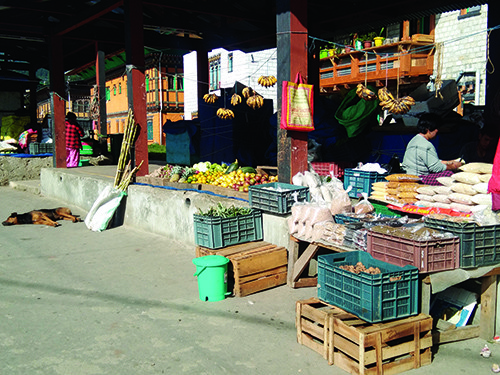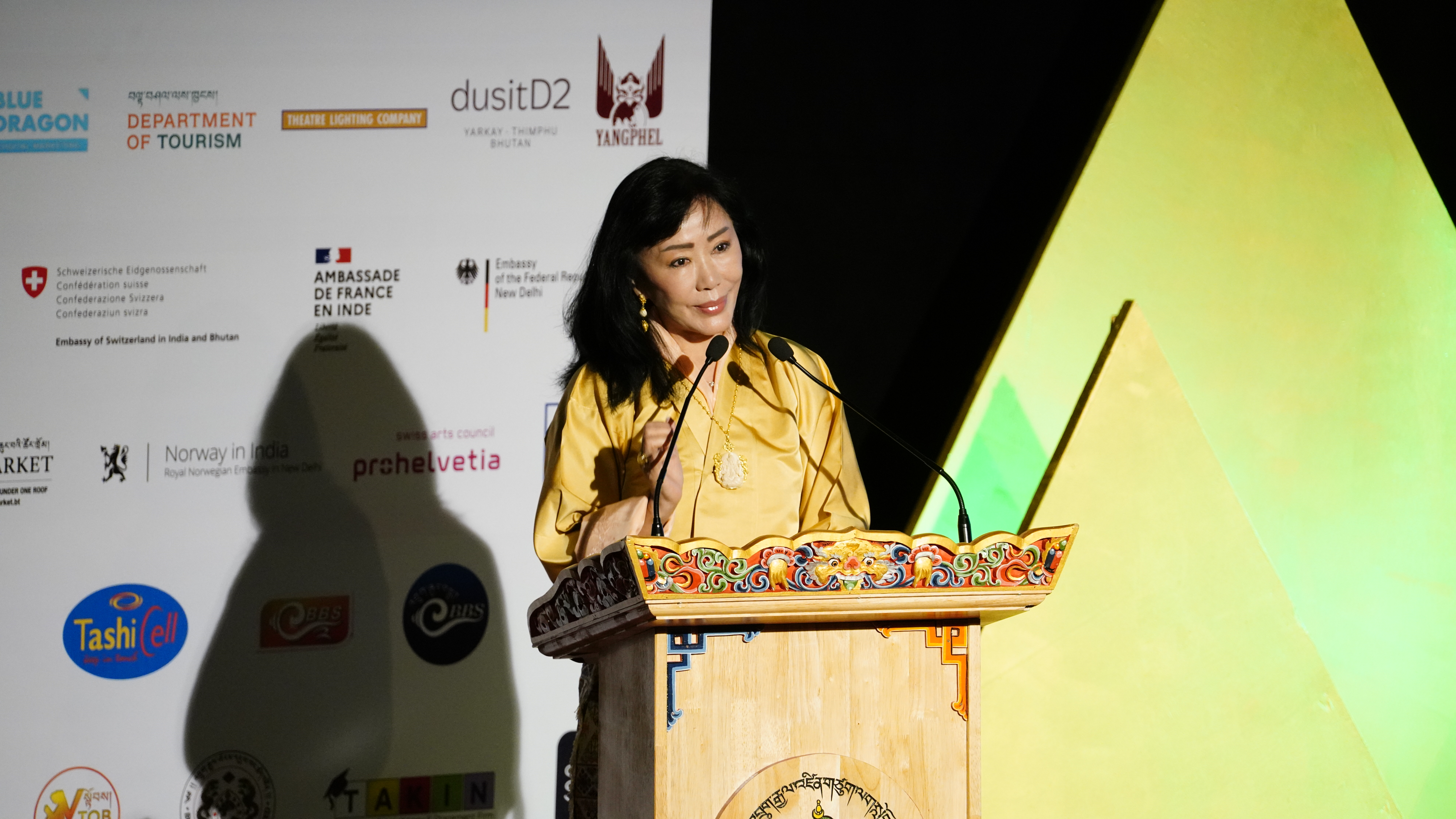With wildlife damaging potatoes and other crops, buckwheat is suddenly gaining popularity among the elite consumers in Bumthang.
Buckwheat comprises a traditional staple diet for the Bumthaps, which in recent decades had lost out to commercial cultivation of potato. This year, most of the farmers had replaced potatoes for buckwheat as their main cash crop.
According to the Dzongkhag Agriculture Officer, Gaylang, farmers used to sell potato and buy rice, because buckwheat production had declined, but since 2012 the dzongkhag has started buckwheat rehabilitation.
“In 2012, buckwheat took up 604 acres, now we have reached 800-1,000 acres and it is increasing due to high demand in the market,” he said.
He added that Bumthaps have formed groups for both production and marketing and have developed many buckwheat products. “It is very important to maintain crop diversity in the field to cope with climate change,” he said.
Meanwhile, more than 800 acres of buckwheat field in four gewogs were used to cultivate potatoes, as the income was double. But this year, the same amount of land was used to grow buckwheat as the demand for buckwheat flour has increased.
“Buckwheat is the staple food for Bumthaps,” said Lhamo from Domkhar, Chhumig gewog. Half of her seven-acre land is under buckwheat cultivation. She has heard that buckwheat is gaining popularity due to its medicinal value.
Chhumig Mangmi, Chungdi Tshering, said that famers were unable to sell buckwheat in the past. Buckwheat was considered ‘a poor man’s meal.’ “But now farmers are taking interest in growing buckwheat because demand has suddenly increased,” he said.
He added that farm mechanization has made it easier to cultivate potatoes on a commercial scale and the auction yards installed in designated areas help farmers to market potatoes which could be few of the reasons for the decline of buckwheat cultivation. “But the trend is changing.”
According to the Agriculture Extension of Chhumig gewog, Tshewang Lhamo, more than 115 acres of land were under buckwheat cultivation and 101 metric tons (MT) of buckwheat was produced last year.
“With time people do realize the nutritional value of buckwheat and also its traditional food culture,” she said.
She added that currently, the farmers are taking keen interest in growing buckwheat and most of the fallow lands are already being reclaimed for buckwheat cultivation. “Buckwheat is gaining popularity in the market due to its nutritional value,” she said.
The Dzongkhag is supported by National Biodiversity Center to develop buckwheat products and form farmers’ group for the conservation and promotion of local crops.
Kinley Yonten from Bumthang














